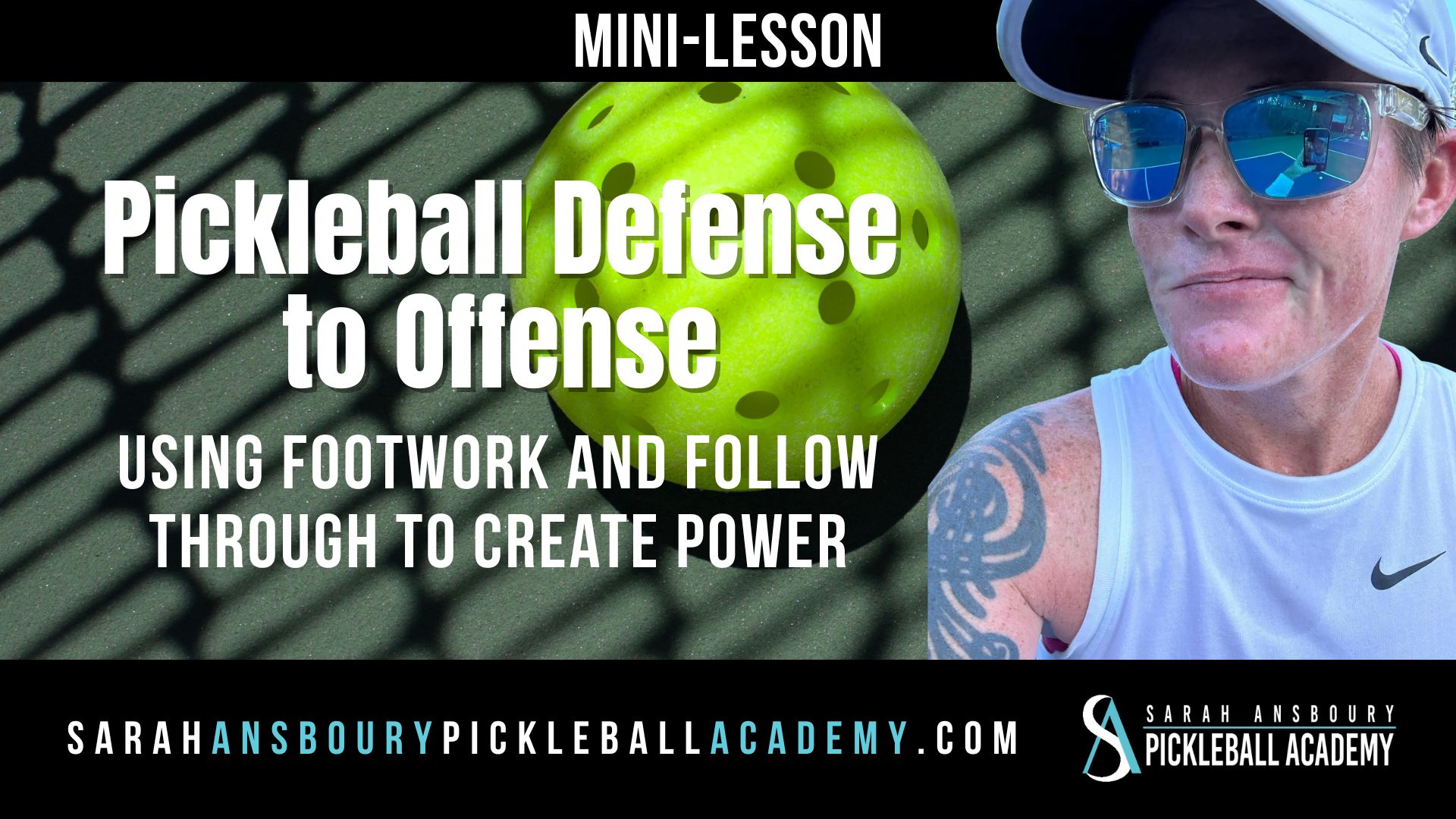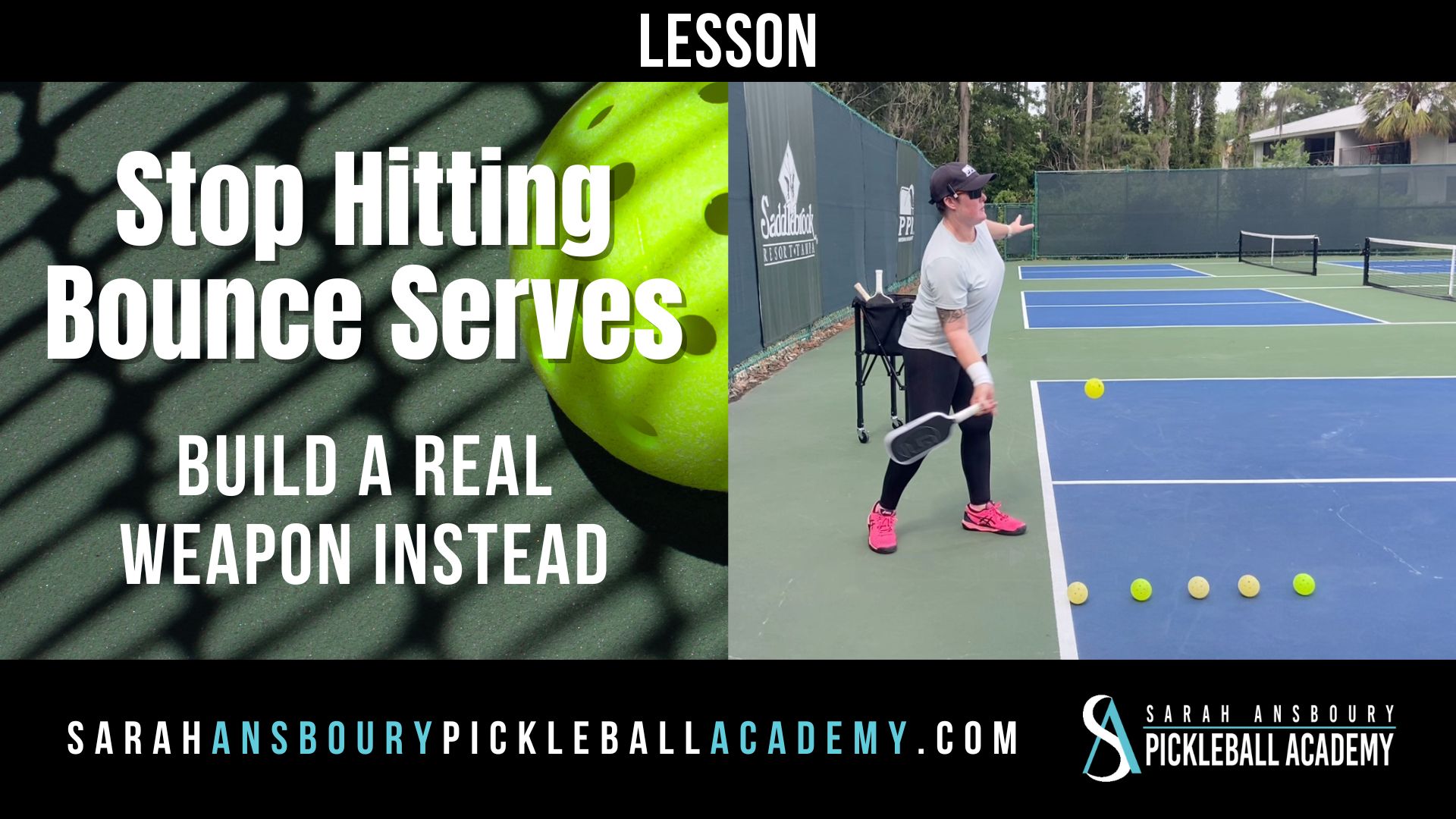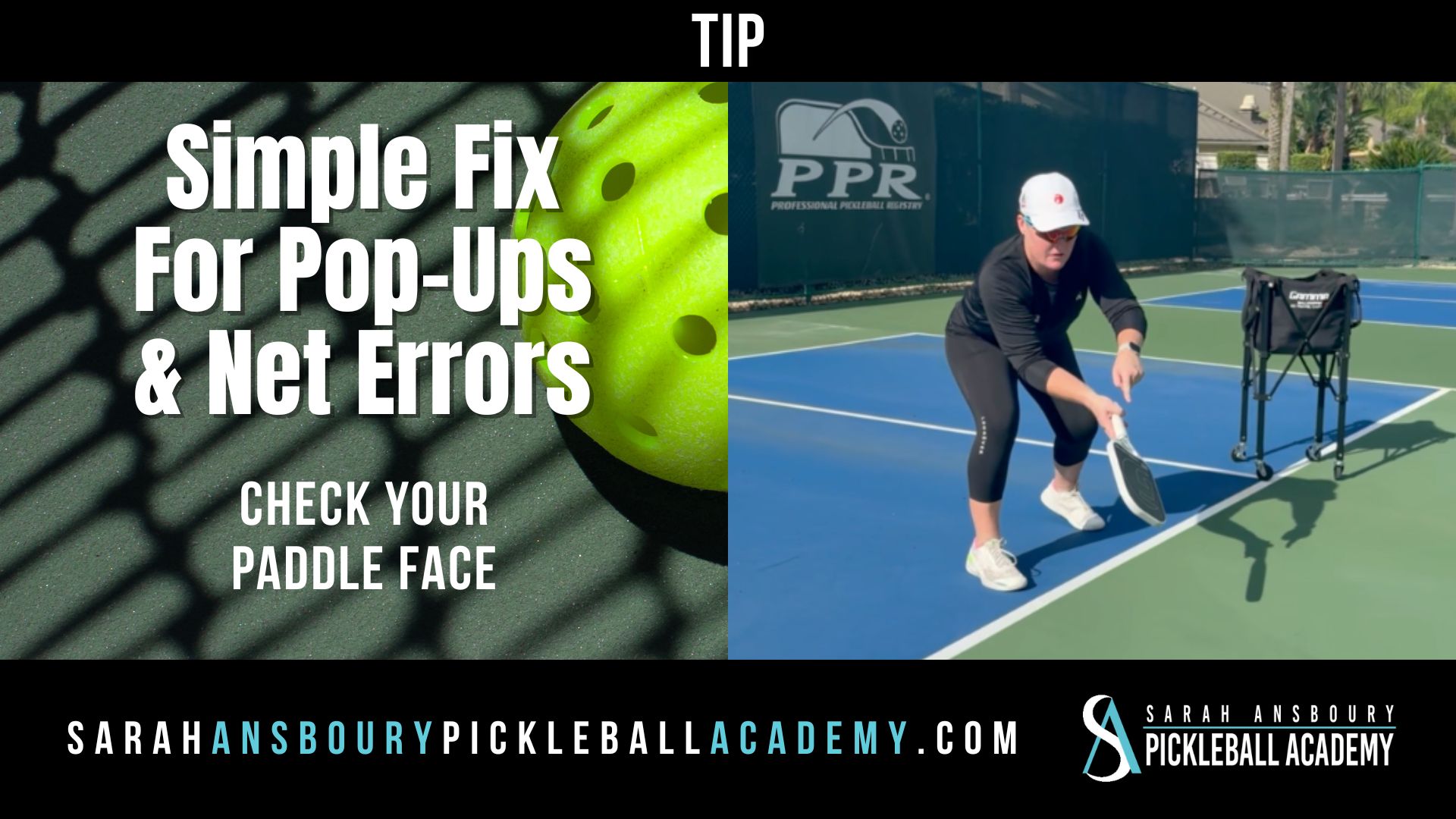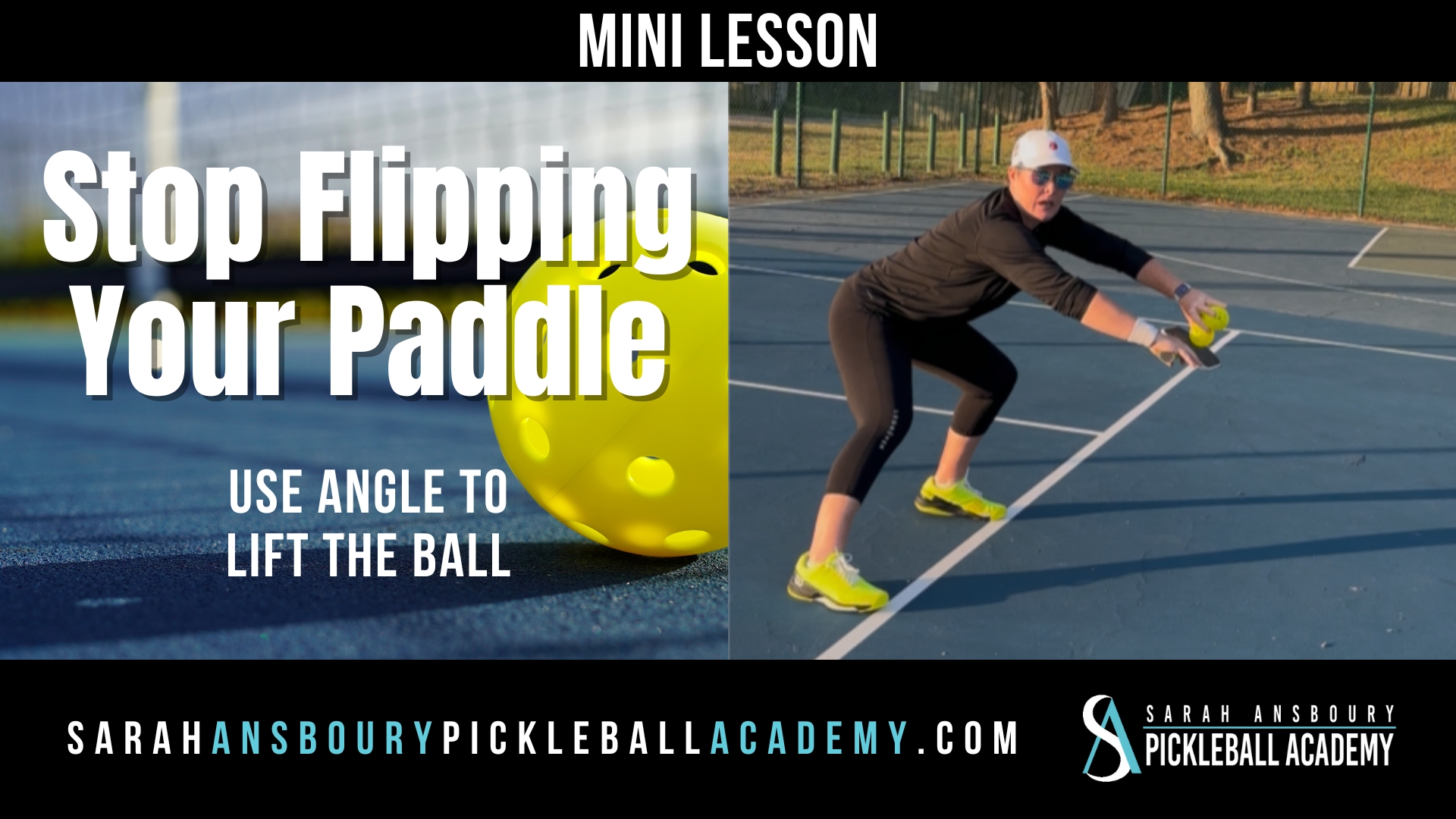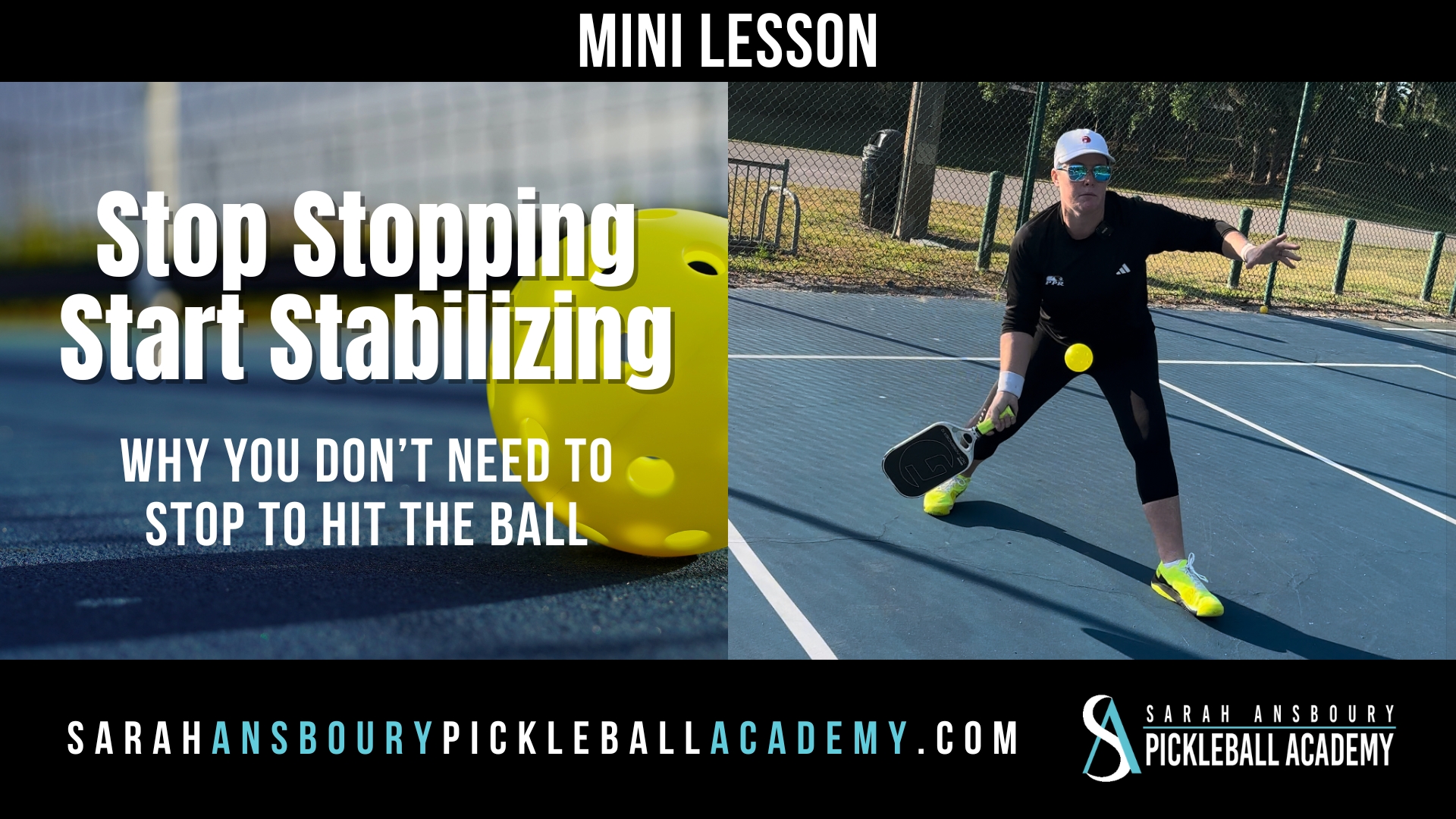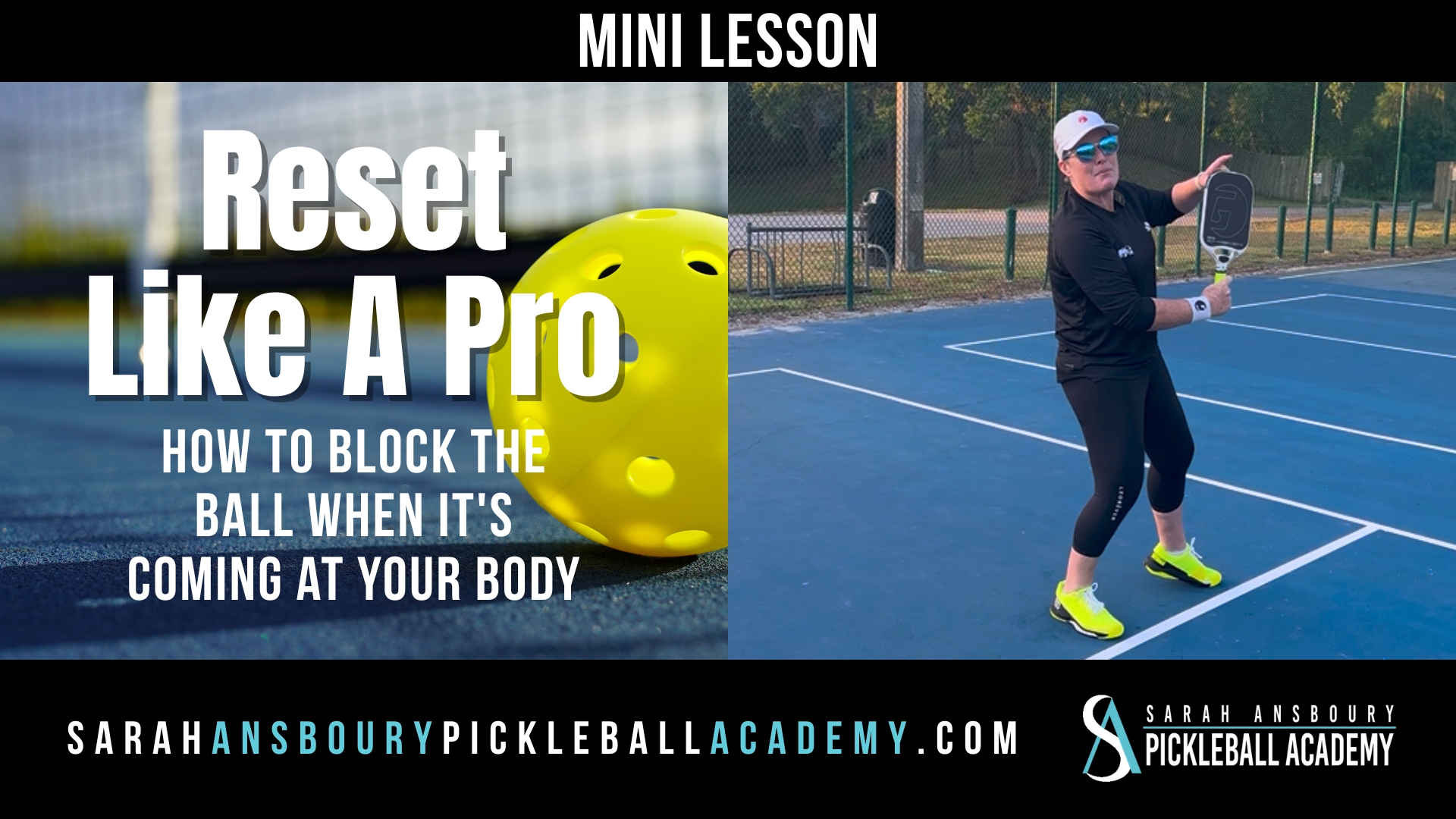When learning a sport we focus on two components the technical and the tactical. It is important to work in both areas and to know the difference.
The technical
The technical side of pickleball is things like proper grip, weight transfer, contact point, etc. It is learning the proper paddle position when you are in a neutral position and how to hit a dink. When we are working to improve our technical skills we first learn big skills (the shot) and then work to fine-tune these…often in what seem to be very small ways.
The great thing is that once you learn one shot you are a long way toward learning the next. The fact is there is not much difference technically from baseline to net. I like to start with my students by learning to dink properly. We learn to make contact with the ball in front of us…to extend our paddle from the shoulder…to follow through and even transfer our weight. These are all skills that apply to every pickleball shot we hit.
The best way to work on your technical skills is with one on one instruction. While many people will take a clinic, in a two or three-hour session it is impossible to give every student (of eight) the individual attention they need to improve in technical areas. Only by working one on one with a coach regularly can you make a significant improvement in your technical skill.
The tactical
While it is important to establish a firm, correct technical base you can’t make yourself crazy. We can’t make it perfect. It is very possible to overthink these things. When I hear a student ask, “How high should the arc of the ball be?” or “How close to the net should I land my third shot drop?” I realize it is time to focus on the tactical. I will shift the student’s focus to where on the court I want them to land the ball. For example, I will ask the student to focus on landing their third shot drop on the outer 1/4 of the court. Rather than popping the ball up, the ball assumes a more ideal arc. Instead of focusing on the ideal paddle position, they hit their target and move more naturally toward the net.
The right time
As coaches, we need to learn how to teach both the technical and the tactical. We also need to determine when it is time to switch gears so our students can improve technically and tactically. As a player, I would encourage you to not focus on technical when you are playing a game. It is too overwhelming to improve technically during play. Instead, focus on your targets and the tactical side of the game. When you have someone that can work with you individually that’s the time you can take the time to focus on was your paddle in the right position or did you move through the ball properly.
Know the difference between the technical and the tactical…and learn when to work on which.


